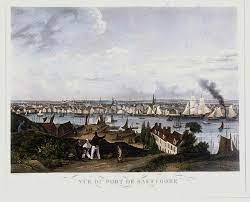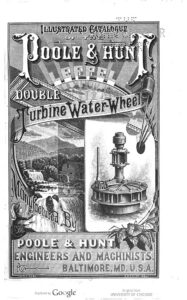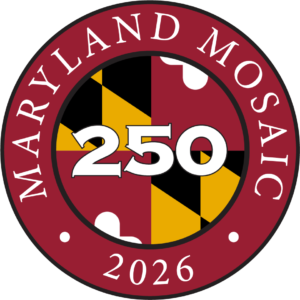Baltimore becomes the first major city to take over direct payment for and management of a method to dredge mud and silt from the harbor. The Mud Machine, with a scoop and a windlass powered by horses on a moveable floating platform, attempts to keep the important shipping channels open to large vessels.
Alexander McDonald, the mud machine’s manager, keeps an invaluable set of records, documenting the workers on the device from 1809-1819. Laborers are primarily Irish immigrants, not enslaved. Seth Rockman in “Scraping By” gives a vivid picture of the hard labor of immigrants and free Blacks, Baltimore’s early working poor.
The current floating Trash Wheel in the Inner Harbor is a modern descendent of the Mud Machine.






